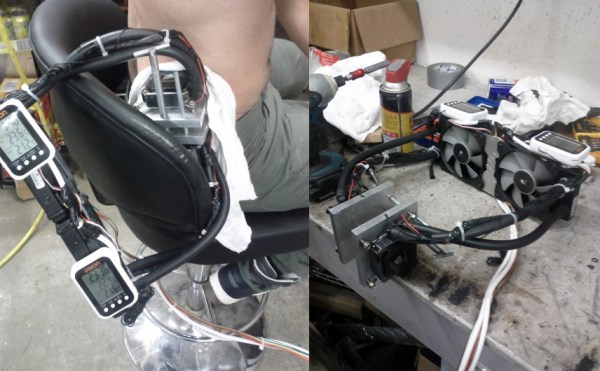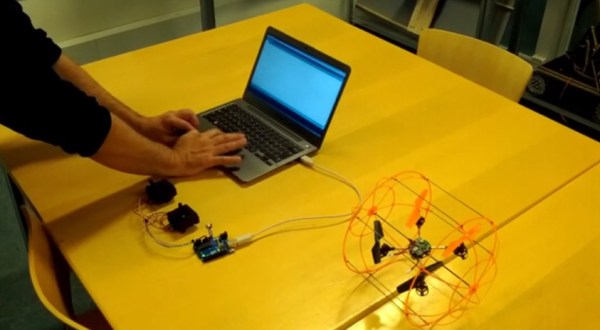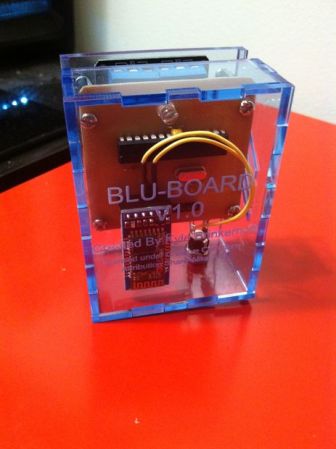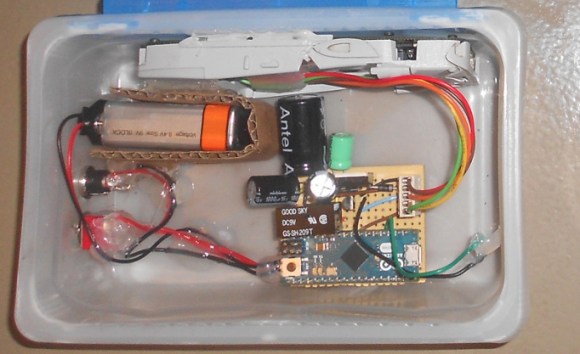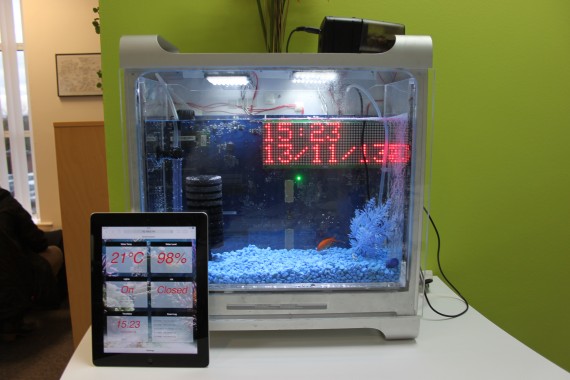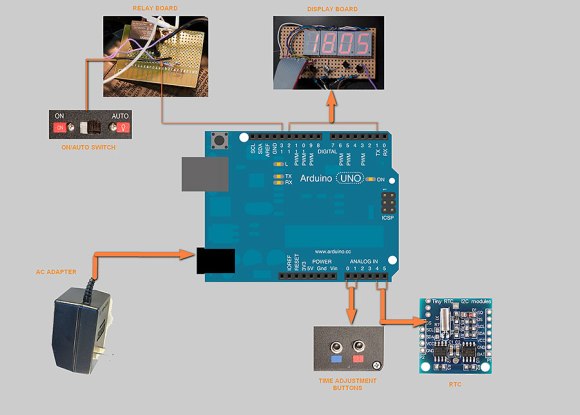You’re probably wondering why [Eddy], pictured above, decided to clamp two CPU cooling blocks to his torso. We were a bit concerned ourselves. As it turns out, [Eddy] has managed to construct his own Cryolipolysis device, capable of delivering targeted sub-zero temperatures to different parts of the body using a technique more popularly known as “Coolsculpting.”
Cryolipolysis is a non-surgical method of controlled cooling that exposes fat cells to cold temperatures while also creating a vacuum to limit blood flow to the treated area. [Eddy’s] challenge was to discover exactly how cold to make the treatment surfaces—a secret close-guarded by the original inventors. After digging through the original patent and deciding on a range between -3C and 0C, [Eddy] began cobbling together this medical masterpiece and designing a system capable of controlling it.
His finished build consists of a simple three-button interface and accompanying LCD screen, both wired to an Arduino, allowing the user to adjust temperatures and keep tabs on a session’s time. Unfortunately, results can take several months to appear, so [Eddy] has no idea whether his creation works (despite having suffered a brush with frostbite and some skin discolorations, yikes!) You can pick through a gigantic collection of photos and detailed information over at [Eddy’s] project blog, then stick around for a video from an Australian news program that explains the Coolsculpting process. Need some additional encouragement to experiment on yourself? You can always strap some electrodes to your head and run current through them. You know, for science.
Continue reading “DIY Coolsculptor Freezes Fat With Cryolipolysis”

